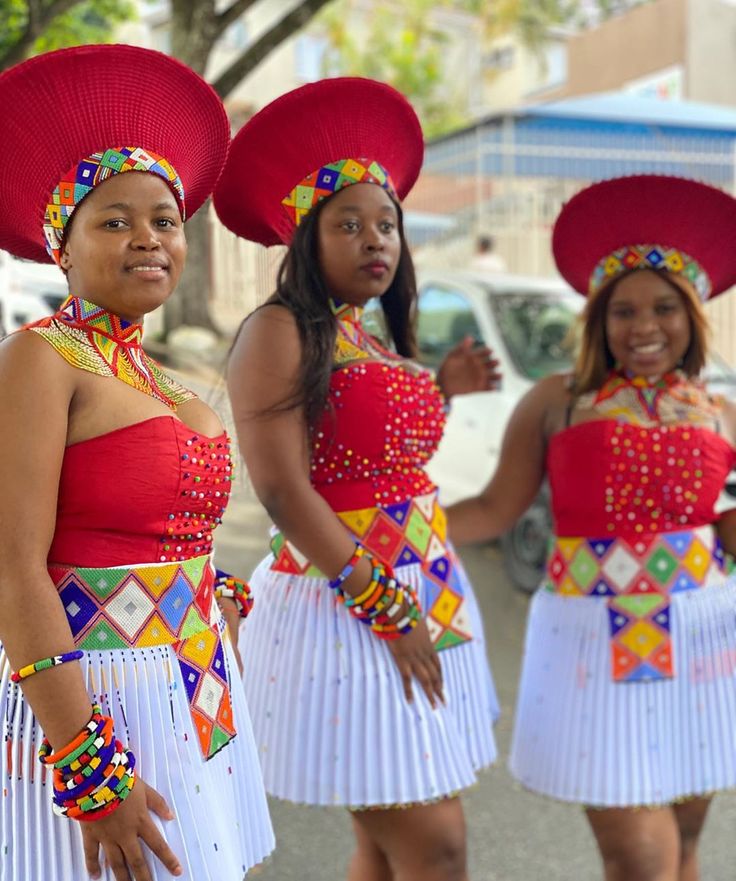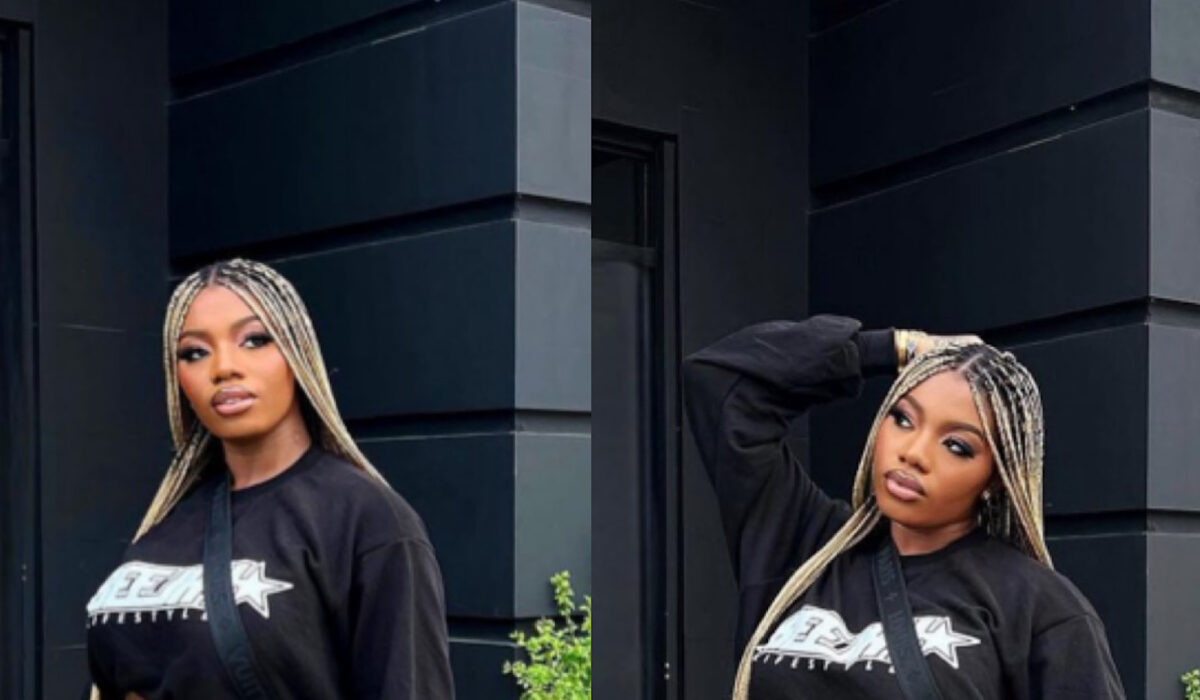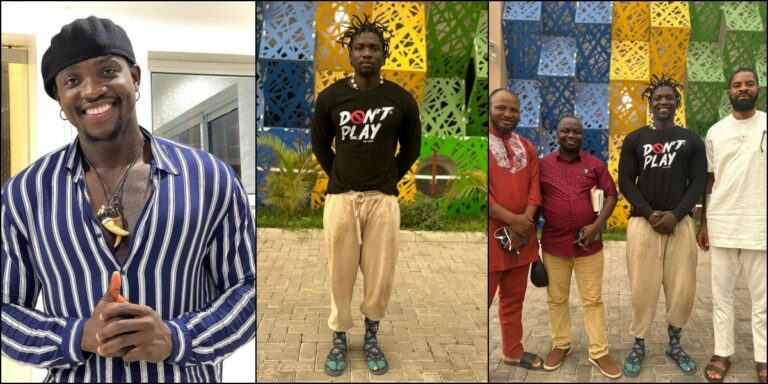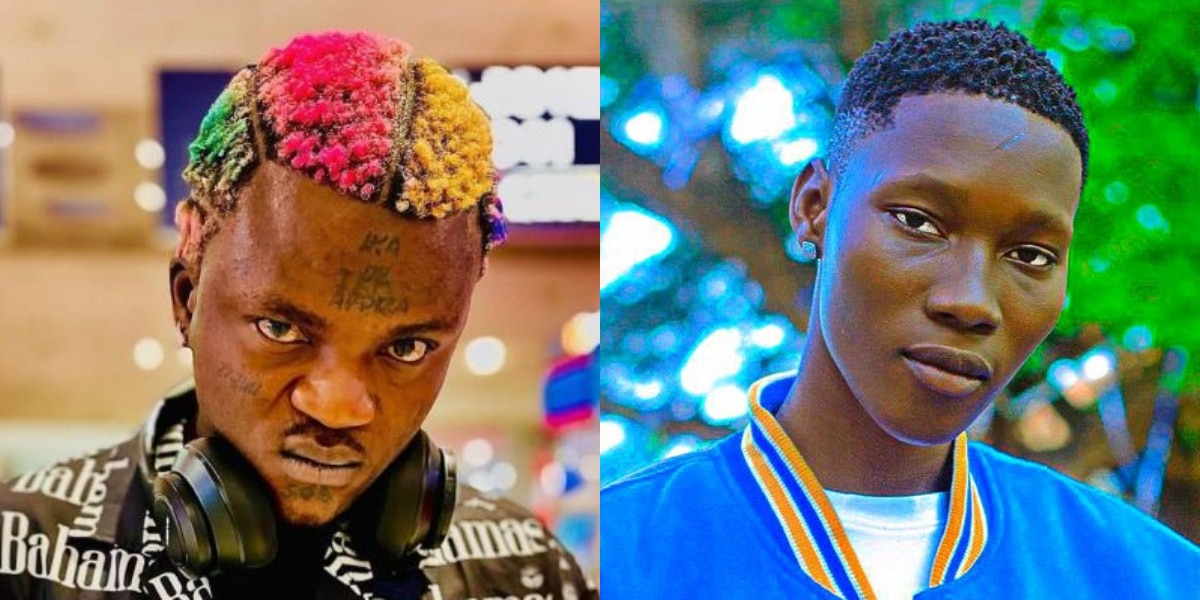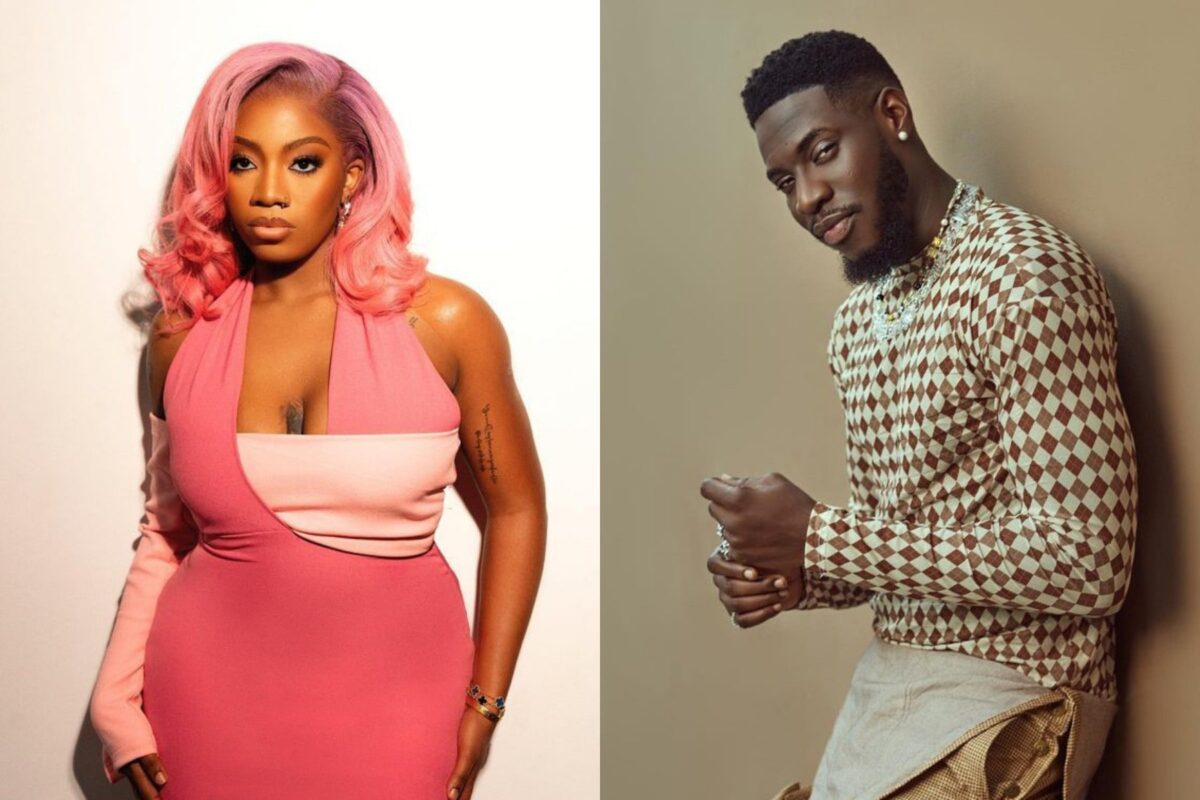The rich variety of traditional attire and fashion in South Africa aptly embodies the nation’s distinctive historical background, which is marked by an extraordinary fusion of civilizations, ethnicities, and faiths. We will be talking about the Highlights Of Traditional South African Clothing.
This article provides an introductory overview of South African traditional dress. Please remain seated as we proceed through the salient features of South African traditional clothing.
Listed Below Are The Highlights of Traditional South Africa Clothing
1. Cape Malay
An additional minority ethnic group that migrated from South-East Asia to South Africa during the slave trade is the Cape Malay. The Cape Malay community in Cape Town is predominately comprised of Muslims.
Similar to Indian South Africans, Cape Malay individuals predominantly don Western garments for their daily lives, reserving their traditional attire for religious institutions such as mosques and madrassahs, as well as for significant festivities. They are placed number one on the Highlights Of Traditional South African Clothing.
2. Xhosa
The Xhosa people adhere to a dress code that is significantly impacted by social standing and rites of passage, rendering it a complex system.
Clothing and accessories commonly correspond to the various life phases of a woman. The customary attire of the Xhosa people comprises aprons and long skirts crafted from exquisitely embroidered or printed fabrics.
Beaded bracelets, anklets, and elaborate beaded necklaces known as “ithumbu” are also worn around the neck. The headscarf, or “iqhiya,” is customarily donning by married women. In order to finish off the ensemble, embroidered shawls or capes are draped over the shoulders.
Xhosa men have historically assumed the roles of warriors, hunters, and stockmen; consequently, animal pelt has historically held a significant position in their traditional attire.
When attending formal events, embroidered skirts are complemented by a tunic and beaded necklaces or a rectangular cloth draped over the left shoulder.
Listed Below Are The Highlights of Traditional South Africa Clothing
3. Zulu
Similar to Xhosa women, women in Zulu culture transition through different life stages while donning distinct attire. A young, unmarried woman with short hair and a beaded short skirt crafted from grass reeds dons her attire.
A woman who is betrothed to be wed wears essentially the same outfit, with the addition of a bosom cover and long hair.
Conversely, it is customary for a married woman to drape her complete body in order to signify that she is being addressed. A substantial cowhide skirt, dampened with charcoal and animal fat, is adorning her person.
As an alternative to the traditional practice of women covering their breasts with a fabric, cotton vests or beaded bras are now commonly paired with beaded necklaces.
Attired women wear “izicolo,” which are circular caps crafted from cotton and grass, as their most recognizable ornamentation.
Feathers and animal skins comprise traditional men’s attire; the type of skins signifies the social standing of the individual donning them. Wearing “amashoba,” which are strands of a cow’s tail, below the knee and on the upper arms, creates the illusion of a larger frame than one actually possesses.
The term “ibheshu” refers to the calfskin apron that men wear to conceal their buttocks; it is soft and simple to process. It is available in two distinct lengths.
Young men prefer knee-length ones for dancing, hunting, and combat, whereas older men prefer ankle-length ones because they do not frequently engage in those activities.
Listed Below Are The Highlights of Traditional South Africa Clothing
4. Tsonga (Shangaan)
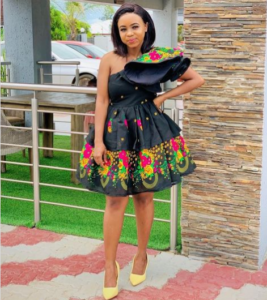
Originating from the Zulu people, the Tsonga-Shangaan tribe inhabits primarily the northern provinces of South Africa and southern Mozambique. The Tsonga people have a customary practice of donning animal skins for men and jewels and vibrant gathered skirts known as “xibelani” for women.
Listed Below Are The Highlights of Traditional South Africa Clothing
5. Ndembele
The Ndembele tribe is renowned for their elaborate and vividly colored garments crafted from beads. Aprons constitute the typical garment of Ndebele women.
Young girls adorn themselves with miniature beaded aprons, whereas older girls adorn themselves with “isigolwani,” which consist of substantial beaded chains encircling their waist, arms, legs, and neck.
Read More Below!!!
Top 10 Comedians in Nigeria 2024
Top Three Influencer in Africa
Married women are attired in elongated skirts crafted from rigid skin adorned with opulent geometric patterns. In addition, they adorn their limbs, neck, and ankles with copper rings known as “idzilla” and stainless steel “isigolwani.”
In accordance with customary practice, unmarried girls and women do not conceal their breasts, while married women drape their upper bodies in blankets featuring intricate embellished patterns or multicolored stripes.
Aprons made of animal skin and breastplates adorned with beads, known as “iporiyana,” are donning by Ndebele men. These items dangle from the neck.
A symbol of adulthood, the “iporiyana” is bestowed upon a young man by his father subsequent to his completion of initiation. In addition to a cape, headbands and ankle bands made of animal hide are also worn.
Listed Below Are The Highlights of Traditional South Africa Clothing
6. Venda
Hermaids of the Venda customarily donning a “shedo,” a diminutive apron encompassing the genital region. When females develop breasts, they don a “nwenda” constructed of brightly colored striped fabric, which is worn at the waist or around one shoulder. Additionally, headbands, bracelets, and beaded necklaces are worn.
“Tsindi” loincloths were traditionally worn by men and youths of the Venda. The “tsindi” is a triangular animal skin garment that is fastened at the rear and passed between the legs to cover the front.
Additionally, they draped a cloak over their shoulders during harsher months. Venda males frequently pair trousers with shirts constructed from “nwenda” fabric at present.
